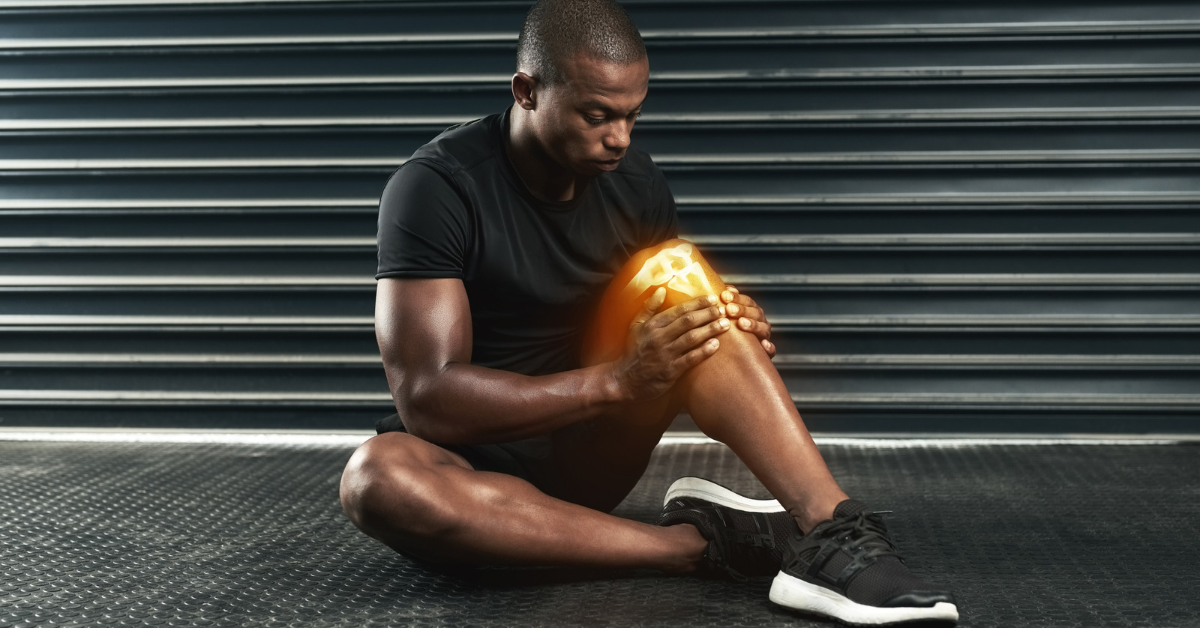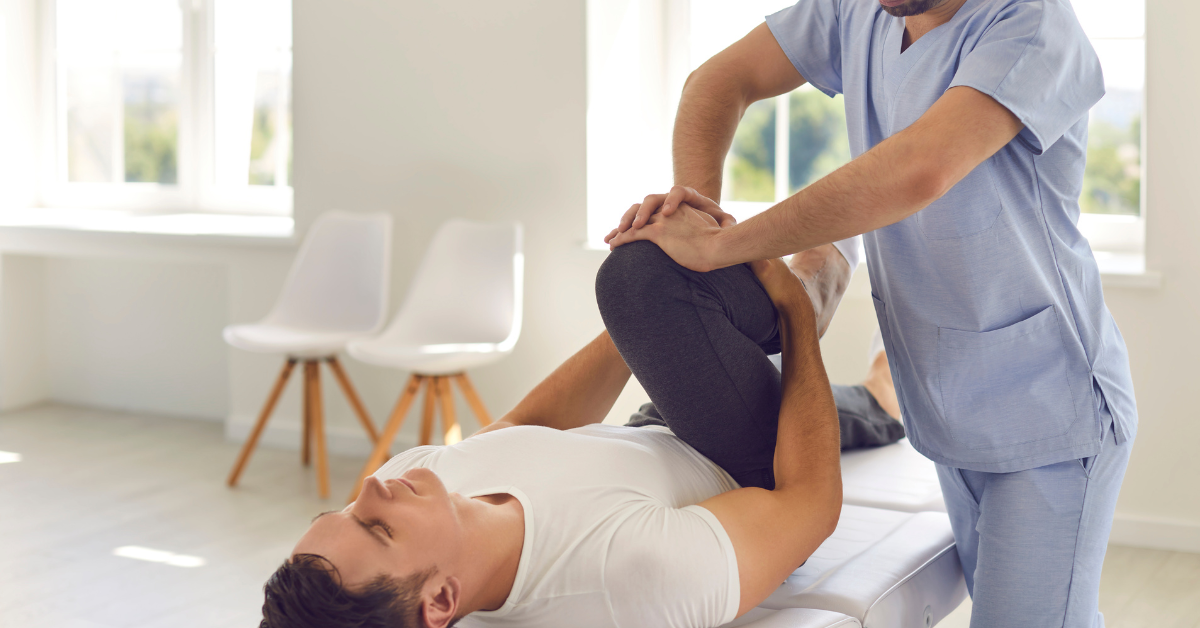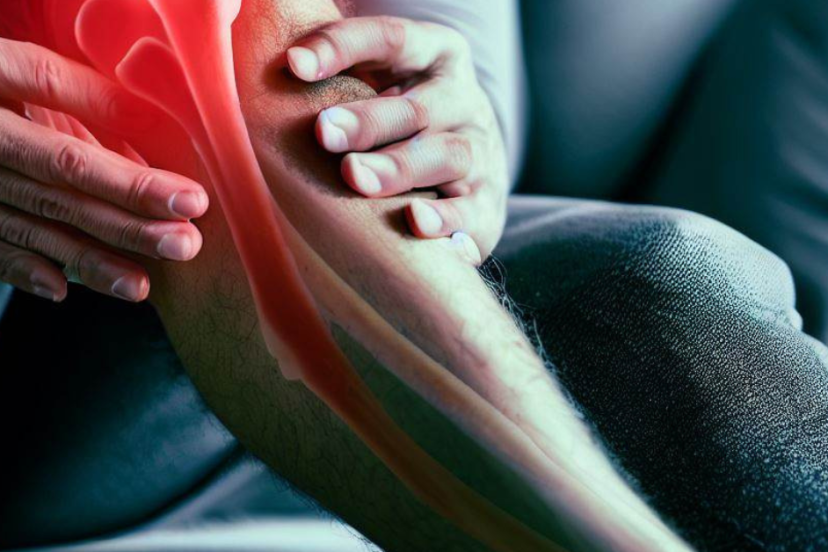I understand how challenging it can be to deal with burning knee pain or
sharp stabbing knee pain. In this article, I will provide helpful suggestions and reasons for managing this discomfort, helping you find relief and regain control over your daily activities.
Understanding Burning Knee Pain

Burning knee pain is a common symptom that can be caused by various underlying factors. While I am not a medical professional, I can offer insights based on research and personal experience.
Common Causes of Burning Knee Pain
Osteoarthritis:
Osteoarthritis This degenerative joint condition can lead to inflammation and damage in the knee joint, resulting in burning pain. It is often associated with aging and wear and tear of the joint.
Bursitis:
When the bursae, small fluid-filled sacs that cushion the knee joint, become inflamed, it can cause burning pain. Bursitis is often caused by repetitive motions or prolonged pressure on the knee.
Patellofemoral Pain Syndrome:
Also known as runner’s knee, this condition causes burning pain around the kneecap. It is often caused by muscle imbalances, overuse, or improper alignment of the patella.
Gout:
Gout is a form of arthritis that occurs due to the buildup of uric acid crystals in the joints. When the knee is affected, it can cause intense burning pain.
Nerve Impingement:
Conditions like
sciatica or peripheral neuropathy can cause nerve impingement in the lower back or legs, leading to referred burning pain in the knee.
Tips for Managing Burning Knee Pain

Rest and Elevate:
Taking regular breaks and elevating your leg can help reduce inflammation.
Apply Ice or Heat:
Applying ice packs or using heat therapy, such as warm compresses, can provide temporary relief by numbing the area or improving blood flow to the knee.
Over-the-Counter Pain Relief:
Non-prescription pain medications or non-steroidal anti-inflammatory drugs (NSAIDs), can provide relief. However, consult with a healthcare professional or pharmacist before using any medication.
Maintain Healthy Body Weight:
Excess weight can add pressure to the knee joint, worsening the pain. Maintain a healthy body weight through a balanced diet and regular exercise to reduce strain on the knee.
Supportive Knee Braces:
Using supportive knee braces or sleeves can provide stability and alleviate pressure on the knee joint, helping manage the area.
Physical Therapy:
Working with a physical therapist can help strengthen the muscles around the knee, improve flexibility, and reduce pain. They can also provide specific exercises and techniques to address your individual needs.
Gentle Exercises:
Engaging in low-impact exercises, such as swimming or cycling, can help maintain knee joint mobility and strengthen the surrounding muscles without aggravating the area.
Proper Footwear:
Choosing appropriate footwear is crucial. Opt for shoes that provide proper cushioning and support to reduce the impact on your knees. Look for options with good arch support and shock-absorbing soles. Avoid high heels or shoes with inadequate cushioning, as they can exacerbate the pain and put additional strain on your knees.
Avoiding Impactful Activities:
Activities that involve repetitive impact, such as running or jumping, can worsen the condition. Modify or avoid such activities and opt for low-impact exercises like swimming, yoga, or stationary cycling, which are gentle on the joints while still providing health benefits.
Warm Compress:
Applying a warm compress or using warm water therapy can help relax the muscles, improve circulation, and alleviate the area. Place a warm towel or use a warm water soak for 15-20 minutes to experience the soothing effects.
Seeking Medical Evaluation
If the condition persists or worsens despite self-care measures, it is important to seek medical evaluation. A healthcare professional can accurately diagnose the underlying cause and recommend appropriate treatment options tailored to your specific condition. They may conduct physical examinations, order diagnostic tests like X-rays or MRI scans, and provide targeted treatment plans to address the root cause.
Closing remarks
Dealing with burning knee pain can be frustrating, but there are steps you can take to manage and alleviate the discomfort. By understanding the common causes, implementing self-care measures, and seeking medical evaluation when necessary, you can find relief and improve your quality of life. Remember to consult with healthcare professionals for personalized advice based on your unique situation.
FAQs
1. Can burning knee pain be a sign of a serious condition?
While burning knee pain can be caused by various factors, it is important to consider the severity and persistence. If the pain is intense, lasts for an extended period, or is accompanied by other concerning symptoms, it is advisable to seek medical evaluation to rule out any serious underlying conditions.
2. Can physical therapy help with burning knee pain caused by arthritis?
Yes, physical therapy can be beneficial for managing this condition caused by arthritis. Physical therapists can provide exercises, manual therapy, and other techniques to improve joint mobility, reduce inflammation, and strengthen the surrounding muscles, thereby alleviating pain and improving function.
3. Are there any home remedies for relieving burning knee pain?
While home remedies may provide temporary relief, it is essential to address the underlying cause of the pain. Home remedies like applying cold or warm packs, using topical creams or ointments, and gentle stretching exercises can help manage symptoms. However, it is advisable to consult with a healthcare professional for a comprehensive treatment plan.
4. Is surgery always required to treat burning knee pain?
Surgery is not always necessary to treat this condition. In many cases, conservative treatments like rest, physical therapy, medication, and lifestyle
modifications can effectively manage the pain. However, for severe cases or when conservative treatments have failed, surgical intervention may be considered. It is important to consult with a qualified healthcare professional to determine the most suitable treatment approach for your condition.
5. Can I still exercise with burning knee pain?
Exercise can still be beneficial, but it’s important to choose activities that are gentle on the knees. Low-impact exercises like swimming, cycling, or using an elliptical machine can help maintain joint mobility, strengthen the muscles around the knee, and improve overall fitness without exacerbating the pain. Always listen to your body and modify your activities as needed to avoid further discomfort.


![Urban Health Hive]](https://urbanhealthhive.com/wp-content/uploads/2023/05/cropped-cropped-Health_Logo.png)



